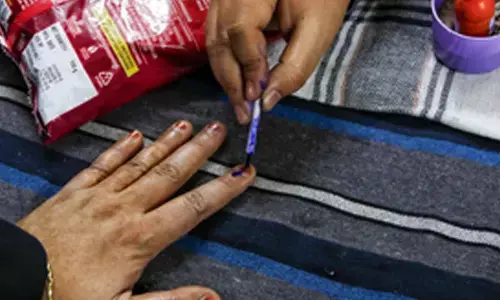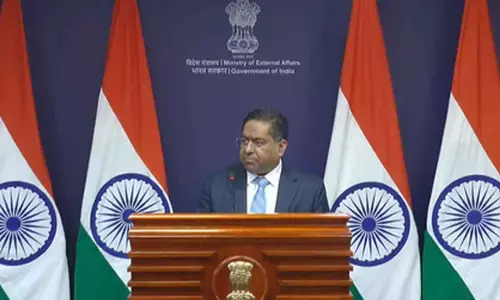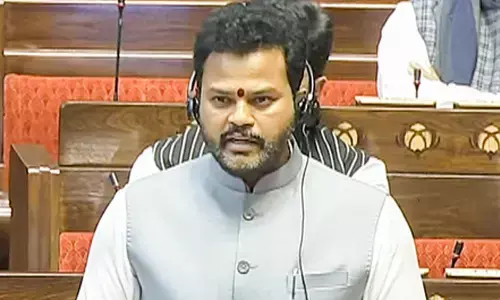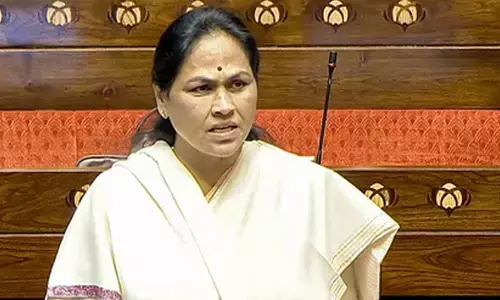Dramatic Dance Form That Captivates All
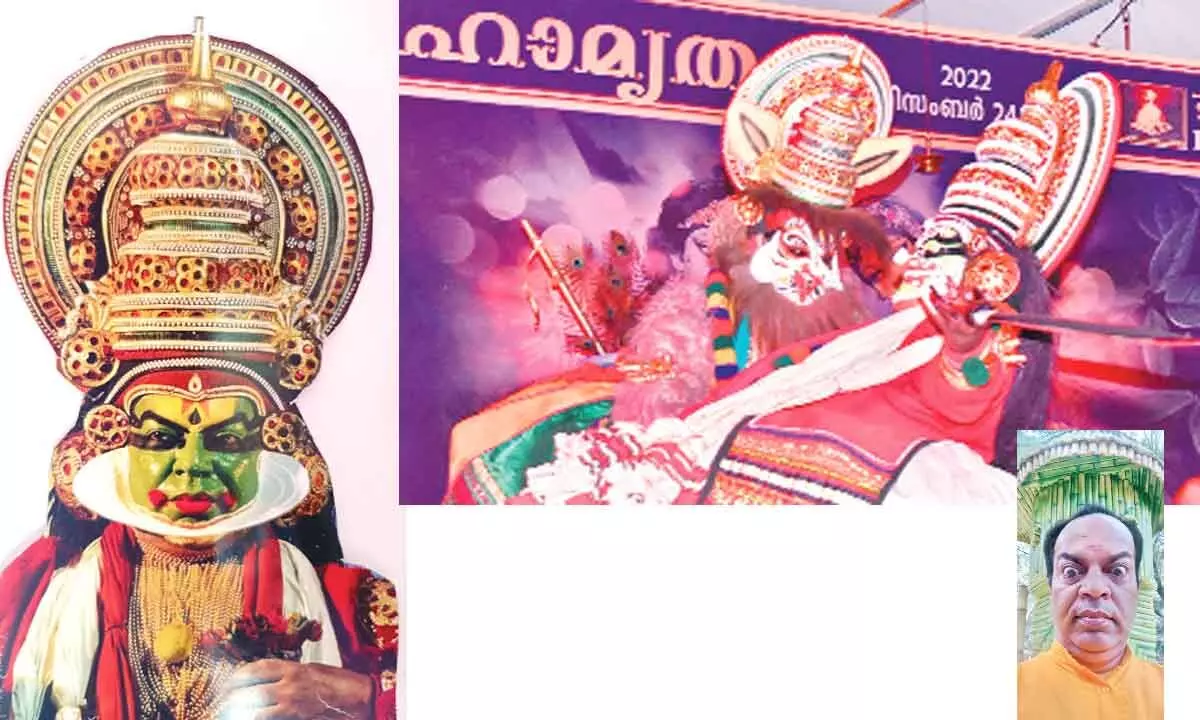
Flickering eyes, quivering lips and hand gestures made with twirling fingers add to the pomp and magnificence of Kathakali, a dance form synonymous with Kerala and popular all over the world for its unique manner of story- telling
Flickering eyes, quivering lips and hand gestures made with twirling fingers add to the pomp and magnificence of Kathakali, a dance form synonymous with Kerala and popular all over the world for its unique manner of story- telling. However, the dance rooted in temple and folk traditions requires enormous fitness, patience and practice for the magic that it weaves through its mythological themes. "It takes three hours for us to don our make- up which is a combination of colours depending on the character being portrayed. We also have to carry a weight of almost 25kgs in the form of elaborate costumes and during the monsoon months we wake up at 3 AM, have special oil massages and do yoga and rigorous exercises for physical fitness. Our regimen is comparable to rigorous military training but the end result is very satisfying" says Kalamandalam Prasad outlining the tremendous hard work associated with the dance form. Pure ghee and butter are applied on the eyes and exercises done to perfect the all- important eye movement that conveys myriad emotions. The well- known Kathakali artiste and guru, just completed a jugalbandi with Rupa Kar whose contemporary dance matched stride with his own dance movements at Hyderabad's Shilparamam in a first performance after the covid pandemic. "The all-important response of the audience which was missing during the covid pandemic where we were limited by online classes and performances makes this evening special" adds Prasad.
A product of Kerala's Kalamandalam, the eminent dancer and guru has his own dance troupe called "Nadanakeli" and gives regular performances all over India and in countries like Germany, Italy, Austria, Malaysia and Singapore. Apart from regular Kathakali ballets Prasad has been performing fusion ballets and giving jugalbandis with Bharatanatyam dancers and those from other classical styles for several years now. Finding commonality with vastly different dance forms isn't difficult he opines. "Expression is the most important attribute of dance which binds all forms together" he says. He has been able to enthrall audiences in different countries solely because of this reason especially Germany and has even danced in a German film. In Italy too, a brief visit for a dance performance got extended to 4 months as people greatly enjoyed his dance. He has been going back to Munich for dance performances ever since and has even lived in Singapore teaching Kathakali for over a decade before returning to the country. The dancer who lives in Alleppey regularly conducts workshops in Kolkata and Bengaluru, has featured in a Tamil and Malayalam film and has written a book on the dance form.
Kalamandalam Prasad has been Duryodhana, Arjuna and Narasimhaswamy in Prahalada charita among the many other roles in Kathakali ballets, getting into whatever character he plays. "Demonic characters are challenging as Kathakali has an interesting way of unfolding folk stories, religious themes and incidents from Hindu epics in a dramatic, high-octane manner" he adds. Among the many venues he has performed are packed pilgrimage places like Sabarimala and ships that cruise along the Kochi port. Kathakali is structured around plays called Attakatha which means enacted story, written in Sanskritized Malayalam where apart from action and dialogue Sanskrit Shlokas or metrical verses make the whole experience similar to an operatic performance. "Many people who are from different nationalities and cultures have been appreciative of Kathakali which has a distinct identity. Vividly painted faces, masks and costumes and specific make-up for good and bad characters identifiable through the colours used lend it a different quality. For example, demons and treacherous characters are painted black with streaks of red, yellow is used for monks, and minukka which means radiant or shining is a combination of yellow, orange and saffron which represents noble, virtuous, feminine characters" explains Prasad. The many mudras or hand gestures, and expressions conveying the nine basic emotions of navarasa and other traditional elements also give scope for improvisation making choreography interesting for those who think creatively according to him. Whether it is dancing on a ship, temple or an auditorium, conveying the essence of Kathakali is of prime importance to Kalamandalam Prasad whose life revolves around the dramatic dance form that captivates all.










